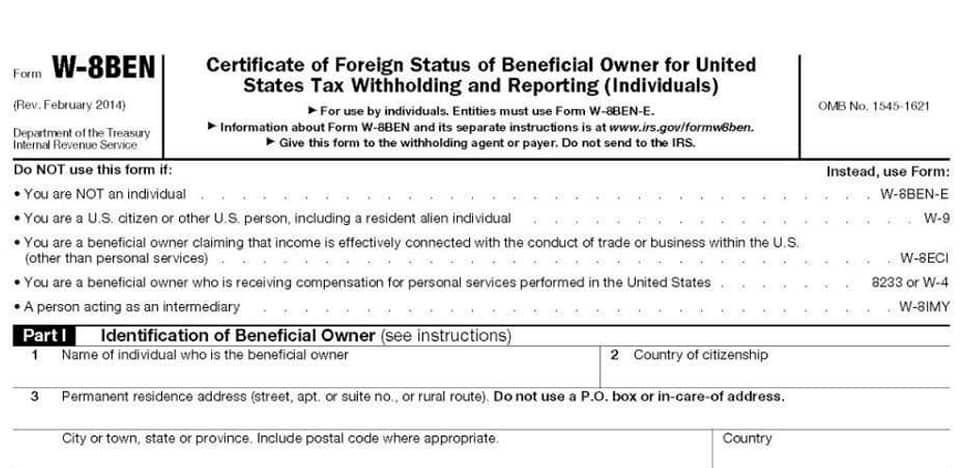What Is Inventory Tracking? Methods, Benefits & Challenges

These systems enable real-time tracking of inventory levels, allowing both the 3PL provider and the business to have accurate and up-to-date information about stock levels and movements. This helps in quickly and accurately recording inventory movements and reduces manual data entry errors. This system provides a significant advantage over traditional methods like barcodes, as it automates the process and eliminates the need for manual scanning. It’s widely used in various industries, including retail, warehouses, manufacturing, and logistics. For instance, in retail stores, RFID helps track items on shelves, manage stock levels, and even enable self-checkout.
How AutoStore and RFID tags improve warehousing
Despite these hurdles, automated inventory tracking is essential for growing businesses, providing long-term efficiency and competitiveness. As businesses evolve, various inventory tracking systems have been developed to cater to different industries and operational scales. These range from traditional manual methods to advanced automated solutions utilizing modern technologies. Choosing the right system is essential for businesses to meet their specific needs effectively. Understanding the available options helps businesses optimise their inventory management processes. Many 3PL providers utilize state-of-the-art inventory management software and systems.
Time-Consuming
- FIFO (First-In, First-Out) is a method where the oldest inventory is sold or used first.
- Batch tracking is most commonly used for perishable inventory items as well as items that can be recalled.
- While they provide basic features, they often lack advanced capabilities and customer support.
- It helps in avoiding stockouts (running out of products) and overstocking, which can tie up capital and warehouse space unnecessarily.
Highlighting the potential cost savings, improved operational efficiency, and enhanced customer satisfaction that come with effective inventory tracking can help justify the investment to stakeholders. Additionally, conducting a cost-benefit analysis and showcasing case studies of successful implementations can further demonstrate the value of inventory tracking systems. Moon POS can assist businesses in improving their inventory tracking procedures, minimizing the possibility of errors, and enhancing overall efficiency. With real-time tracking, automation, and forecasting tools, Moon POS can provide businesses with the data and insights they need to optimize their stock management and improve their bottom line.

Inventory Management Methods
As your company scales to the next level, it’ll be that much more important your inventory tracking method can evolve with you. Keep reading to learn about the ins and outs of tracking your inventory, and discover how to optimize this process to inventory tracking methods make your daily operations as smooth and streamlined as possible. Select a method that aligns with your business goals, enhances operational efficiency, and allows for effective inventory management tailored to your unique requirements. Choosing the right inventory tracking method for your business requires careful consideration of your specific needs and capabilities. Evaluate factors such as the type of product you sell, the volume of your inventory, the complexity of your supply chain, and your budget.
This feature is typically called “stock management” and makes it easy to update your stock levels every time a batch of inventory arrives or leaves your storage space. Inventory software also helps you track and update each item’s location so you always know where your items are. Inventory management systems are typically used by businesses that deal with a high number of fast-moving SKUs or wide variety of stock. Regular audits and analysis of inventory data can also help eCommerce businesses optimize their inventory tracking processes. When paired with a WMS, RFID inventory tracking systems streamline the law firm chart of accounts process of monitoring stock levels. This integration provides accurate, real-time data, facilitating better inventory control and optimized stock replenishment.
inventory tracking methods to consider

This method requires precise demand forecasting and inventory tracking to ensure stock levels meet demand without delays. Inventory tracking involves recording and updating the quantity, location, and status as it moves through the supply chain. This process ensures that businesses can meet customer demand without overstocking or running out of products.
- Highlighting the potential cost savings, improved operational efficiency, and enhanced customer satisfaction that come with effective inventory tracking can help justify the investment to stakeholders.
- Automated tracking systems can help businesses to save time and reduce the risk of human error.
- Manual audits usually mean you frequently inspect and evaluate all of your inventory on a routine schedule that works for you.
- Spreadsheets work well for tracking small business inventory but can quickly be outgrown as companies expand and add more SKUs.
- This also streamlines your Inventory, Purchase, Sales & Quotation management processes in a hassle-free user-friendly manner.
Find the Best Logistics Provider for Your Pharmaceutical Fulfillment
Managers can also generate and schedule reports on a daily and monthly basis to track QuickBooks inventory costs. With this capability, they can differentiate between carrying costs and purchasing costs so they can reduce the former cost to improve cash flows. If the level crosses the established thresholds, then the inventory tracking system will generate automatic alerts, notifying the user.

Several methods exist to track and manage inventory, yet most businesses use one of the following three- 1. Businesses must choose one of these methods based on their operation’s nature, size, and scale. In this blog, we have covered everything you need about inventory tracking – the types, methods, benefits, and challenges involved. Vendor-Managed Inventory (VMI) is a method by which the supplier or vendor is responsible for monitoring, managing, and replenishing the inventory of their products at the customer’s location. Under this approach, the vendor has access to the customer’s inventory levels and usage data, often through shared systems or electronic data interchange (EDI). Safety stock inventory refers to the extra stock that businesses maintain to protect against uncertainties in demand, supply, or lead times.
inventory tracking methods and solutions

Safety stock is determined based on demand variability, delivery lead time, the cost of stockouts and the cost of holding inventory. The frequency of inventory counts depends on factors such as the size of your inventory, the rate of inventory turnover, and your business’s specific needs. Some businesses conduct daily counts, while others may opt for weekly, monthly, or quarterly counts.

Leave a Comment